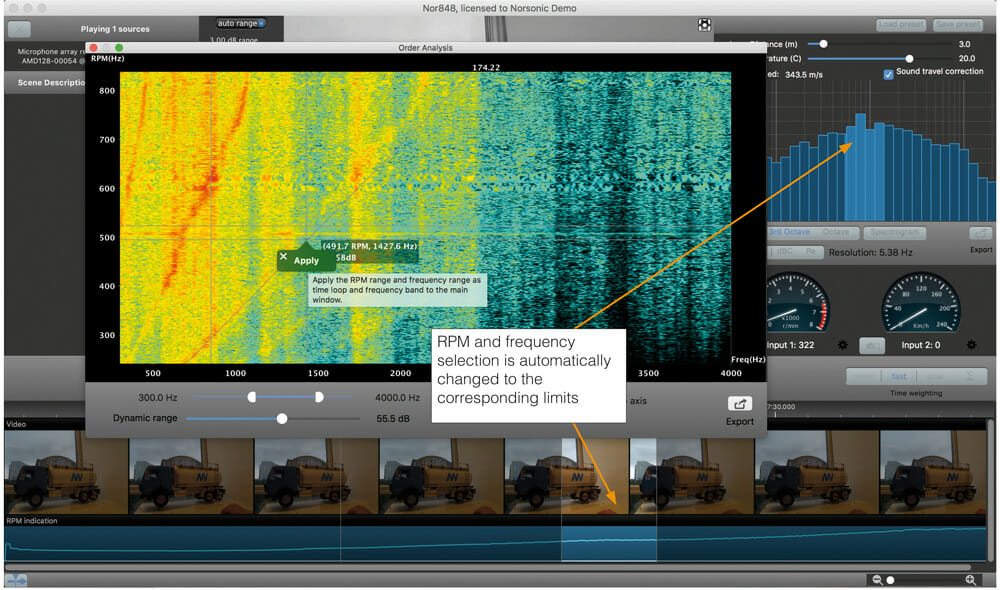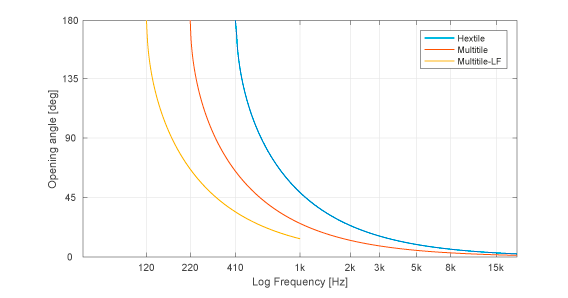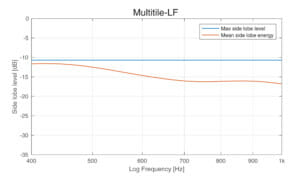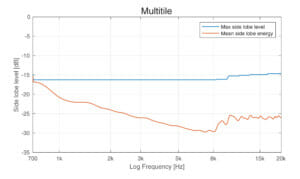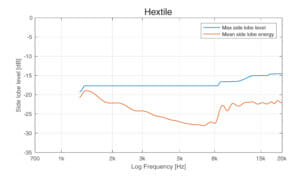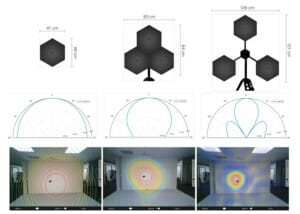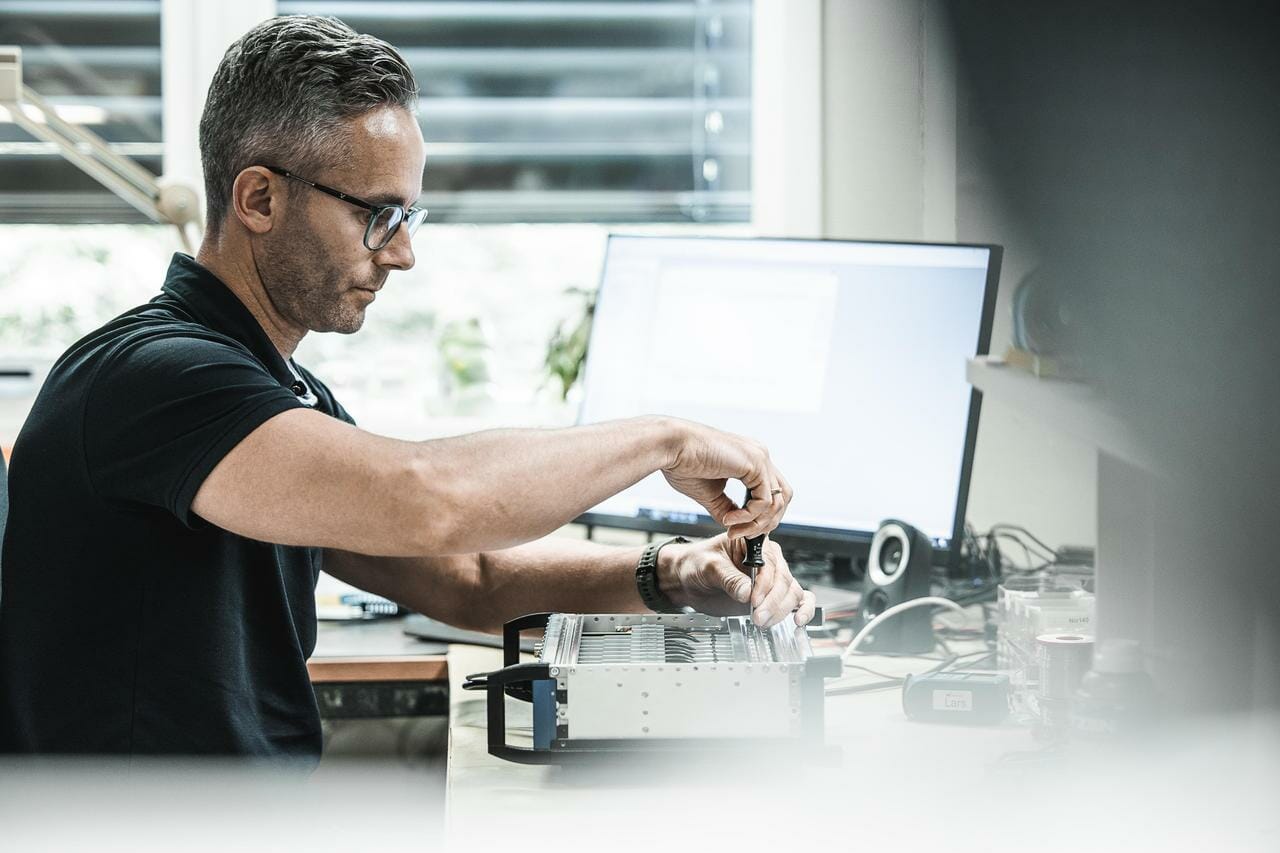Acoustic camera
Nor848B acoustic camera is a module based approach to acoustic camera that gives the user both portability and great resolution for a wide range of measurement situations.
Category
-

Acoustic camera
-

Adaptors
-

Calibrators
-

Cases and softbags
-

Environmental monitoring
-

Interface cables and adaptors
-

Mains power adaptor
-

Microphone cables and accessories
-

Microphone windscreens
-

Microphones/preamplifiers
-

Noise sources
-

Outdoor microphones
-

Software
-

Sound level meters
-

Test systems
-

Tripods and stands
-

Various accessories
-

Vibration
Nor848B acoustic camera is a module based approach to acoustic camera that gives the user both portability and great resolution for a wide range of measurement situations.
- Display 18 Products per page

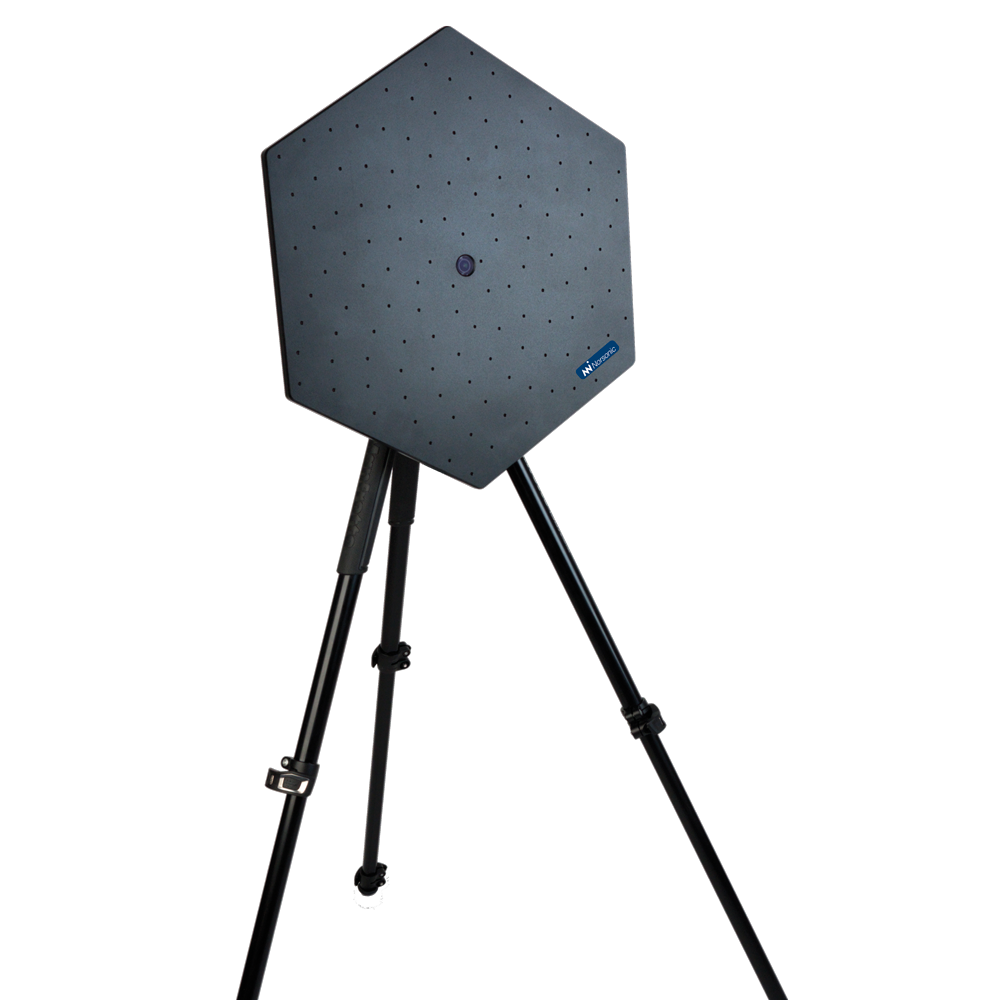
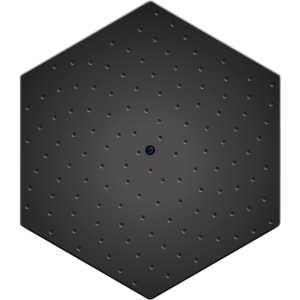
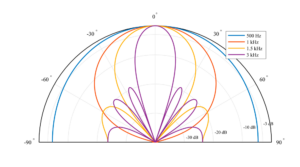
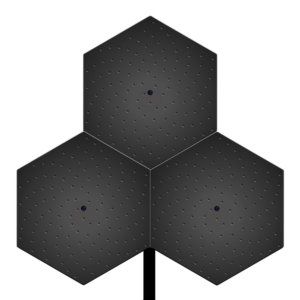

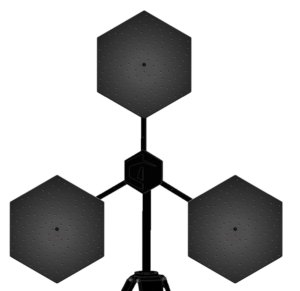
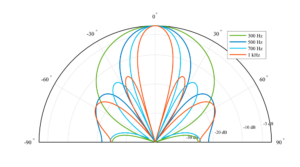
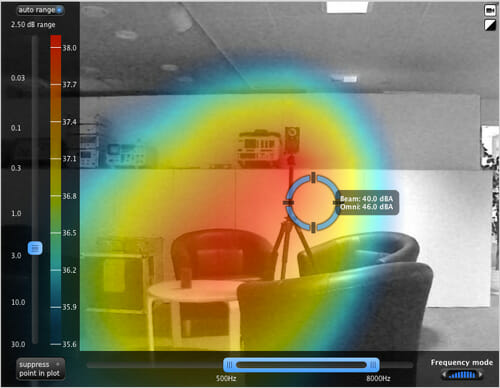
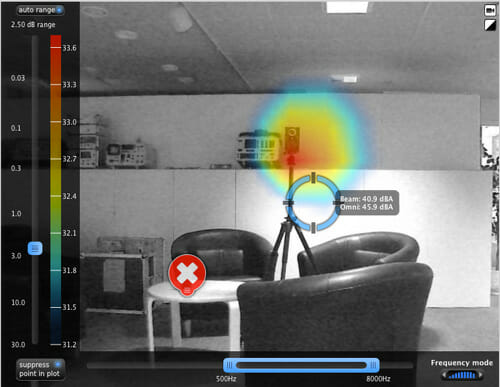
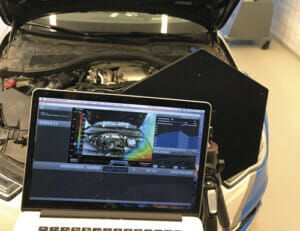 Especially in automotive applications RPM measurements may give vital information. The acoustic camera software has the possibility to display frequency content as a function of RPM by using the order analysis function.
Especially in automotive applications RPM measurements may give vital information. The acoustic camera software has the possibility to display frequency content as a function of RPM by using the order analysis function.